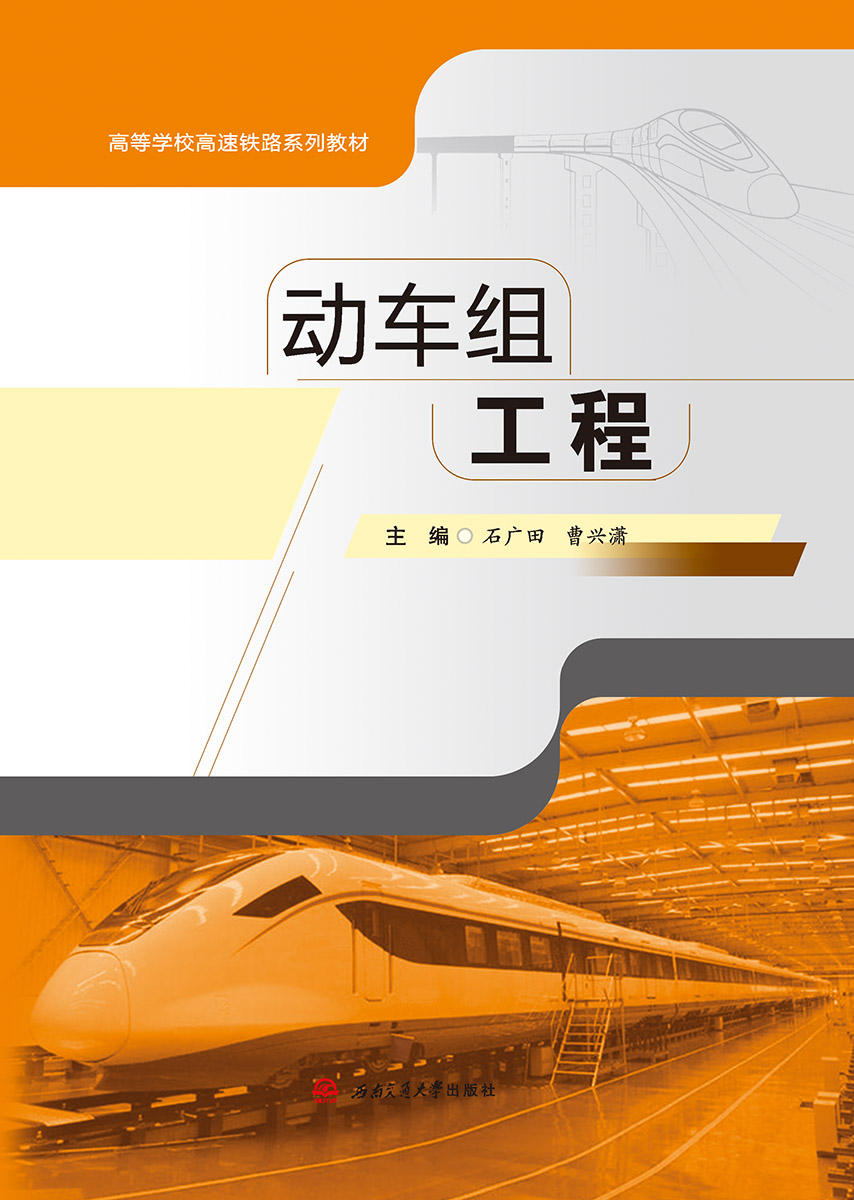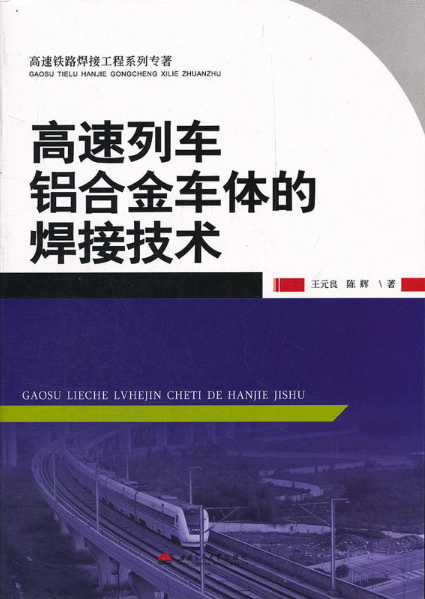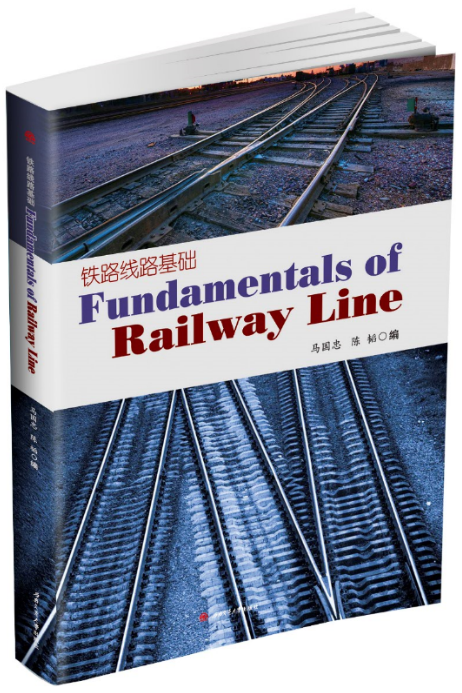-
 动车组工程
动车组工程作者:石广田,曹兴潇
本书为高等教育应用型人才培养教材。全书共分八章,在对动车组车辆总体、转向架、车体、车端连接装置等基本结构和工作原理进行阐述的基础上,对动车组的制动系统、信息传输、旅客信息系统和动车组的控制与诊断系统进行了介绍。本书以目前先进的 “和谐号”和“复兴号”系列动车组为例,介绍了最新的标准动车组新技术,反映了动车组工程技术发展的前沿动态。本书也可作为铁路局动车段及中车员工专业培训或业务进修用书,动车组技术相关研究者的参考书。
-
 高速列车铝合金车体的焊接技术
高速列车铝合金车体的焊接技术作者:王元良, 陈辉
本书以大量的实验研究为基础,以国内外最新研究资料为支撑,分章全面介绍了高速列车铝合金车体的焊接技术,具体内容包括:高速列车发展中的焊接技术、高速列车铝合金材料及焊接性能、焊接材料、铝合金焊接时的变形和应力、各种焊接接头的焊接接头强度等。
-
 动车组运用与管理
动车组运用与管理作者:朱喜锋 兰宏伟
本书为高等教育车辆工程专业教材,根据《铁路技术管理规程(高铁部分)》《铁路动车组运用维修规程》《铁路客运专线技术管理办法(试行)》《铁路动车组运用维修作业标准》等规章制度,结合路局及各型动车组应急故障处理手册等文件编写而成,主要对动车组运用管理、列车运行图、行车组织、运用维修、随车机械师、动车组运用安全等方面的内容进行了详细介绍。本书实用性强,也可作为铁路职工岗前培训的教材,还可为相关铁路工程技术人员的业务学习提供参考。
图书分类
Book classification- 《Fundamentals of railway line(铁路线路基础)》共8章,系统地介绍了铁路线路中轨道、路基、桥梁、隧道等内容,主要包括轨道的分类、结构、组成、标准,道岔的组成、功能、标准,无缝铁路的设置、特点及意义,轨道维护、维修的内容和标准,路基、桥梁、隧道建筑物的组成、分类和建设等。每个单元包括三部分,第一部分是,用专业英语介绍的铁路线路知识。第二部分是...查看更多
- 前 言
《铁路线路基础》长期以来是交通运输专业重要的专业基础课程之一,其相关内容和知识的学习为后续专业课程的学习奠定铁路线路方面的基础知识。学生通过对本课程的学习,了解有关铁路线路基本结构、功能和作用,掌握铁路线路工程的基本计算方法。
本教材是为培养我国铁路技术相关国际合作所需的既能熟练掌握铁路线路专业知识,又能熟练运用专业英语进行对外交流的复合型人才而专门编...查看更多
- 1.1 The origin and development of railway[1][2]
In medieval times, people mostly traveled by foot or horsebac...查看更多
-
CHARPTER 1 INTRODUCTION 1
1.1 The origin and development of railway 1
1.2 History and development of china&nb...查看更多 - 马国忠,西南交通大学教授。主要研究方向为交通安全管理、交通安全规划、交通运输系统的安全性与可靠性、交通安全人机工程等。长期从事交通安全、系统可靠性、安全人机工程方面的教学与科研工作





